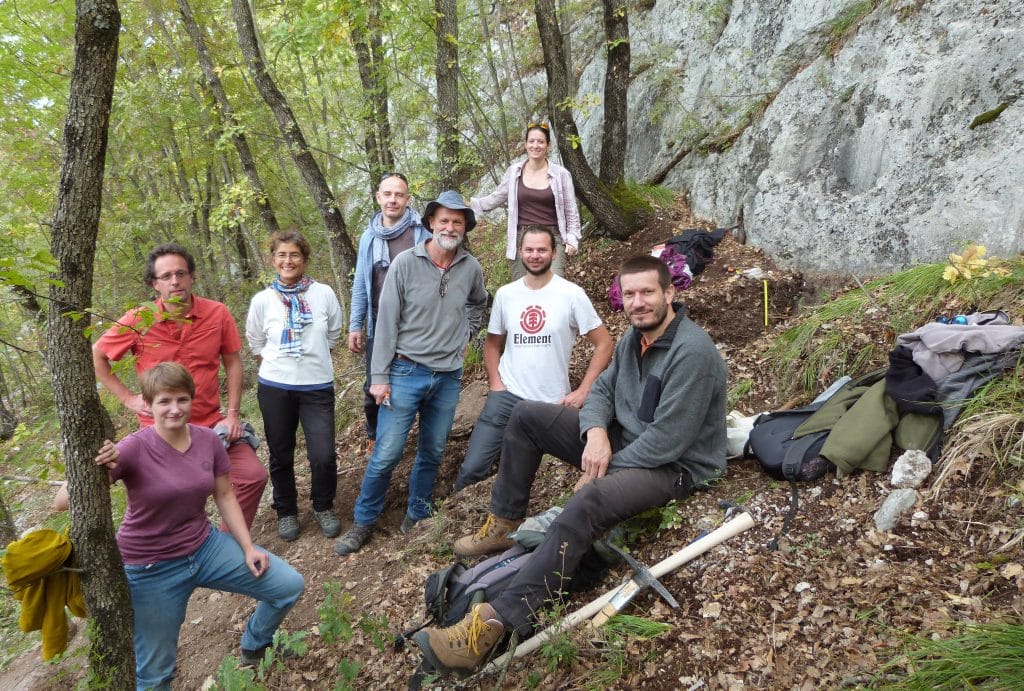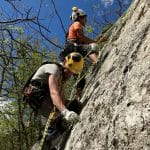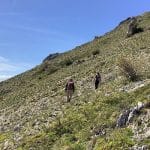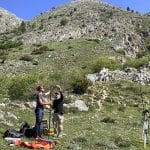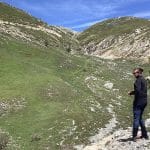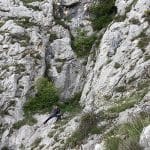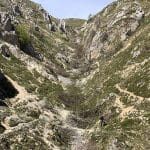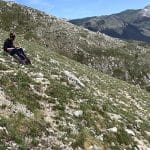ANR EQ-TIME
The succession of earthquakes and associated slip is the major process of landform formation in tectonically active areas.
Long-term scarps are built by the summation of these seismic slip events and therefore contain key information on how earthquakes rupture, and where ruptures stopped or propagated during past earthquakes. To better understand how tectonic loading is released by seismic slip on fault segments and how successive earthquakes produce long-term scarping.
A better understanding of these processes would drastically increase our ability to acquire information on tectonic activity from surface observations and to better anticipate seismic hazard.
We therefore propose:
- to acquire data on the different stages of tectonic landform construction on specific fault systems and on time scales of 1a to 1 Ma for comparison,
- identify key information that links long-term deformation and seismic rupture,
- to compare the data obtained with mechanical models proposing rupture scenarios and earthquake occurrence probabilities in order to constrain the physical parameters that best explain the data.
2019-2024: ANR EQ-Time
Head of CEREGE : Lucilla Benedetti
Constraining the spatial and temporal variability of slip during the seismic cycle from the monthly to the million-year scale
Partners Geosciences Montpellier, IsTerre (Grenoble), IRSN
